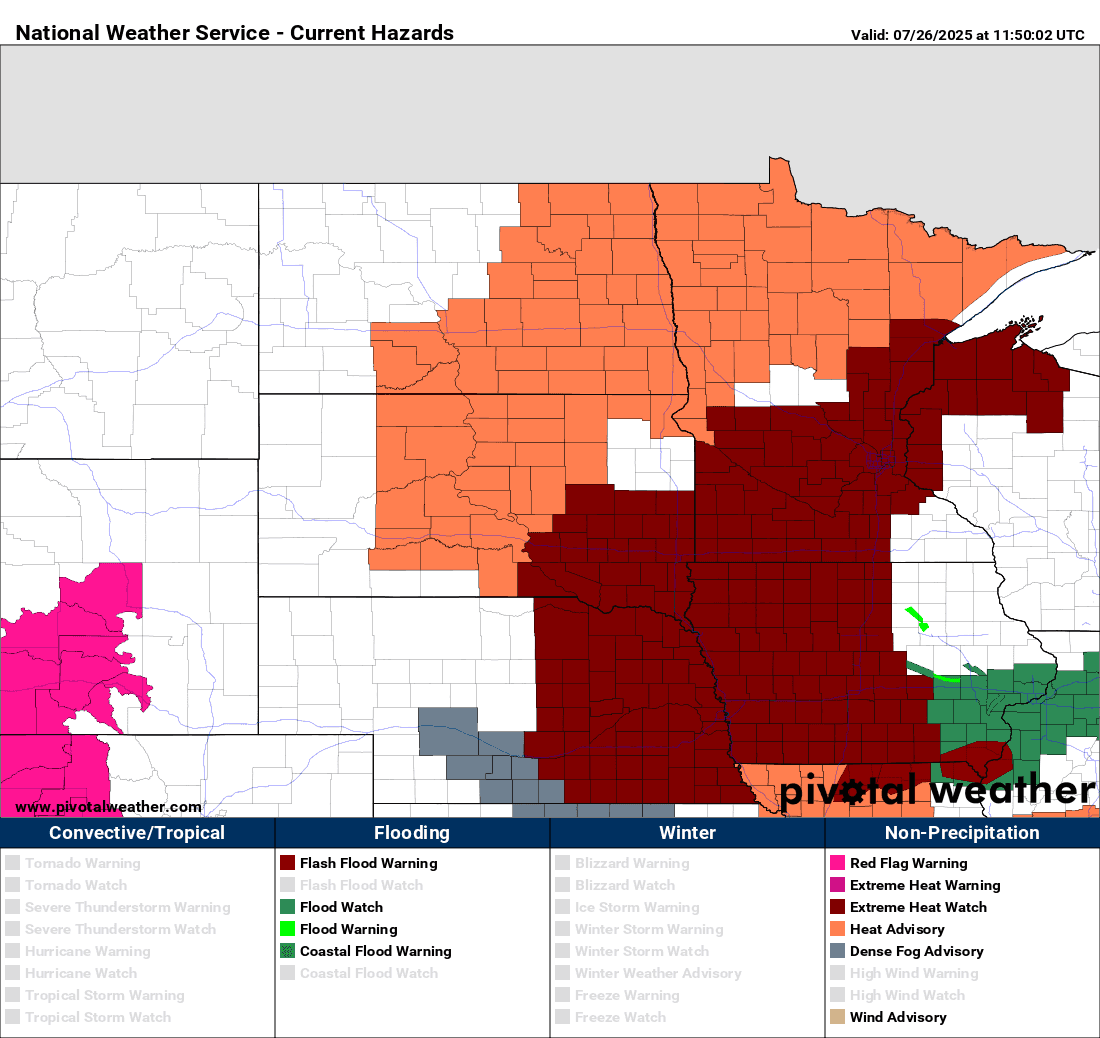Decoding the Dog Days: From Scorching Peaks to Welcome Breezes
Dive into the heart of the region's intense heatwave, exploring its impact, essential safety tips, and the anticipated shift towards cooler relief. Stay ahead with unique insights.
Summer's Fiery Embrace: Unpacking the Current Heatwave
Our region is currently grappling with a particularly brutal heatwave, reaching its fiery crescendo today, Sunday. This isn't just another warm summer day; it's the culmination of a steady, relentless climb in temperatures that began late last week, transforming our landscapes into a furnace. Inland areas, in particular, are experiencing exceptionally dry and searing conditions, making this period arguably the most intense summer heat in recent memory. The 's forecasts paint a stark picture: temperatures are expected to surge an additional three degrees Celsius compared to yesterday, with the bracing for a staggering 47 degrees Celsius. Many other areas are also seeing mercury levels far exceeding their typical annual averages, a clear indicator of the extreme nature of this weather event. This isn't just an inconvenience; it's a significant atmospheric phenomenon demanding our full attention and respect. The sheer scale of this heatwave underscores the powerful forces at play, turning familiar surroundings into a challenging environment that tests resilience and requires immediate adaptive measures. It’s a stark reminder of summer’s most formidable side.

More Than Just Numbers: Navigating Heat's Health Risks
While the soaring temperatures themselves are alarming, the true concern lies in their profound impact on human health. This isn't merely about feeling uncomfortable; prolonged exposure to such intense heat poses serious physiological risks. The has issued urgent warnings, emphasizing the critical need to avoid direct sun exposure, especially during peak daytime hours when the sun's rays are most potent. Ignoring these advisories can lead to severe conditions like sunstroke and heat exhaustion, which are not just debilitating but potentially life-threatening. These are not abstract threats; they are very real dangers that can overwhelm the body's natural cooling mechanisms. Symptoms can escalate rapidly, moving from dizziness and fatigue to confusion, rapid pulse, and even loss of consciousness. Therefore, understanding that these aren't just 'hot days' but rather 'hazardous conditions' is paramount. The stakes are high, and proactive measures become a matter of personal safety, urging us to shift our focus from enduring the heat to actively protecting ourselves and those around us from its perilous grip.
The Whisper of Change: Forecasting Cooler Air Ahead
Amidst the stifling grip of this heatwave, a welcome shift on the horizon offers a glimmer of hope. While Monday will remain intensely hot, albeit with a slight dip in temperatures that still leaves them 4-5 degrees Celsius above seasonal averages, the real turning point is expected from Tuesday. This marks the beginning of a gradual, yet consistent, decline in temperatures. We can anticipate this cooling trend to continue through Wednesday and Thursday, paving the way for a distinctly more moderate and pleasant climate by the weekend. Imagine the relief! Evenings and nights, which have been oppressively warm, are also forecast to become generally clear and delightful in mountainous areas, with other regions experiencing a comfortable warmth. The prevailing westerly to northwesterly winds, currently moderate to active with occasional strong gusts, will usher in this fresher air, while the sea, currently experiencing moderate to high waves, will likely calm. This anticipated atmospheric transition isn't just a weather report; it's a promise of respite, a much-needed breath of cooler air after days of extreme heat, allowing the region to slowly recover its equilibrium.
Staying Cool, Staying Safe: Practical Wisdom for Scorching Days
Navigating these scorching conditions safely requires more than just hoping for the best; it demands a proactive approach and adherence to simple, yet crucial, guidelines. The core advice from authorities remains steadfast: hydration is non-negotiable. Drinking copious amounts of fluids throughout the day, even if you don't feel thirsty, is your first line of defense against dehydration and heat-related illnesses. Beyond fluids, strategic avoidance is key. Steer clear of direct sunlight, especially during the sun's peak intensity, typically from late morning through late afternoon. This means rethinking outdoor activities; strenuous exertion during these hours is an open invitation for trouble. If venturing out is unavoidable, seek shade whenever possible, wear light-colored, loose-fitting clothing, and don a wide-brimmed hat. Protecting vulnerable populations, such as children, the elderly, and those with pre-existing health conditions, is also paramount, as they are particularly susceptible to heat's dangers. By integrating these practical wisdoms into our daily routines, we can significantly mitigate the risks, transforming a potentially hazardous experience into one that is merely challenging, until the cooler, more forgiving breezes finally arrive.
Related Articles

From Scorching Peaks to Shifting Skies: Navigating the Dynamics of Extreme Temperatures

From Scorching Peaks to Shifting Skies: Navigating the Dynamics of Extreme Temperatures

Summer's Subtle Secrets: Unpacking the Surprising Science of Your Local Heat

Summer's Subtle Secrets: Unpacking the Surprising Science of Your Local Heat

Crimson Tide Rising: Navigating the Weekend's Extreme Heat Emergency

Crimson Tide Rising: Navigating the Weekend's Extreme Heat Emergency

The Silent Swelter: Why Our Heat Thresholds Have Plummeted
